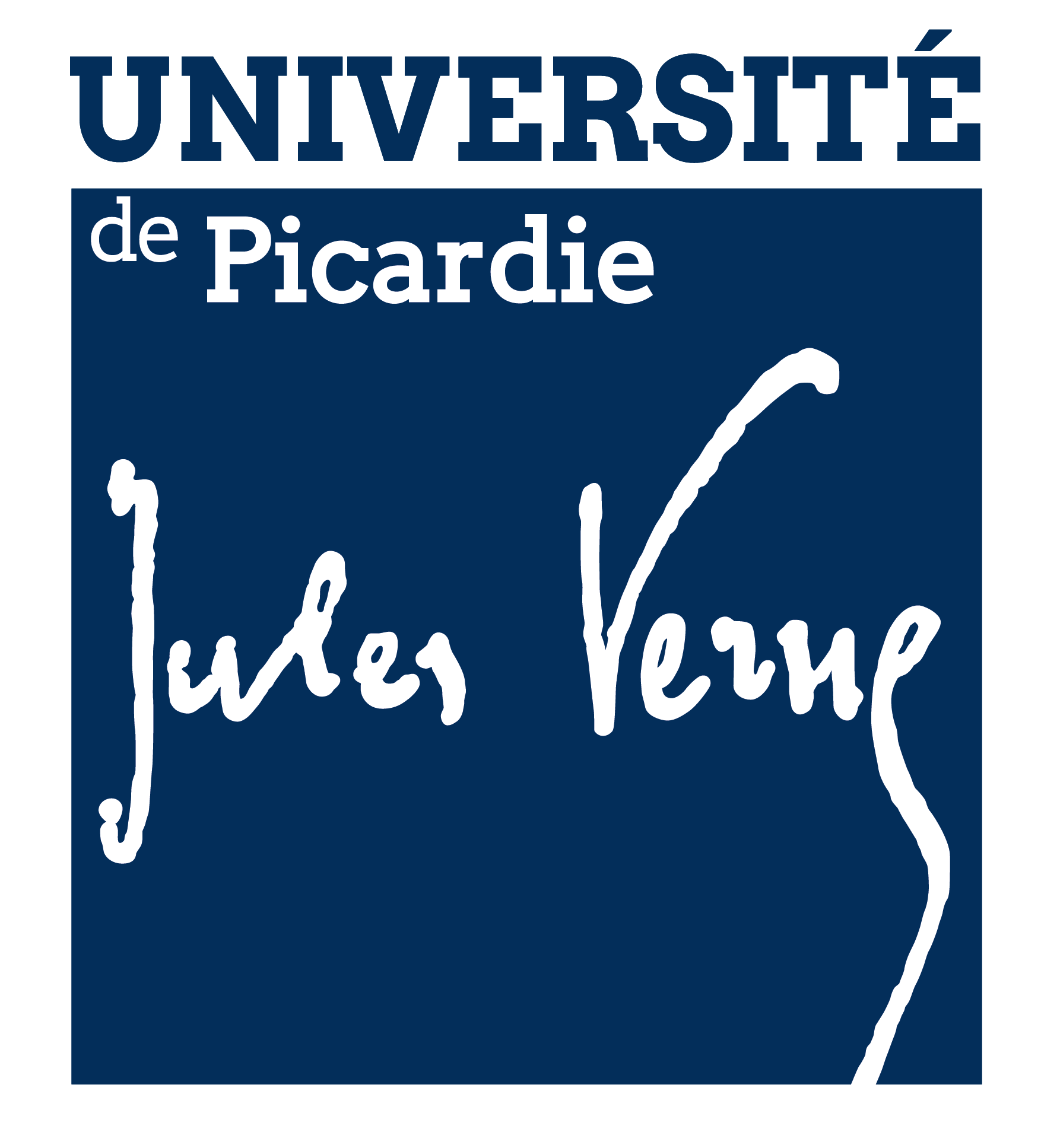Mesoscopic Model of Extrusion during Solvent‐Free Lithium‐ion Battery Electrode Manufacturing
Résumé
Solvent‐free (SF) manufacturing of lithium‐ion battery (LIB) electrodes is safer and more environmentally friendly than the traditional slurry casting approach. However, as a young technique, SF manufacturing is under development of its pathways and operation conditions. In different SF processes reported in literature, extrusion is a common step. A detailed model of this process would be extremely computationally demanding. This work proposes a novel simplified discrete element model at the mesoscopic scale for the extrusion during SF manufacturing of LIB electrodes. In addition to active material particles, we consider fluid‐like solid particles to approximate the molten polymer and the carbon additive phases. The formulation and other process parameters are taken from our experimental facility that uses extrusion to fabricate filaments for 3D printing of LIB cells. The extrusion is carried out in a conical twin screw extruder. Our approach allows to obtain representative electrode microstructures after extrusion, where electrical conductivity, ionic effective diffusivity, tortuosity factor and porosity are calculated. The model is a proof of concept that is employed to investigate the influence of the extruder speed and the cohesion level on the resulting electrode properties.
Domaines
Matériaux
Fichier principal
 Batteries Supercaps - 2023 - Paredes-Goyes - Mesoscopic Model of Extrusion during Solvent‐Free Li‐Ion Battery Electrode.pdf (1.97 Mo)
Télécharger le fichier
Batteries Supercaps - 2023 - Paredes-Goyes - Mesoscopic Model of Extrusion during Solvent‐Free Li‐Ion Battery Electrode.pdf (1.97 Mo)
Télécharger le fichier
| Origine | Publication financée par une institution |
|---|---|
| licence |



